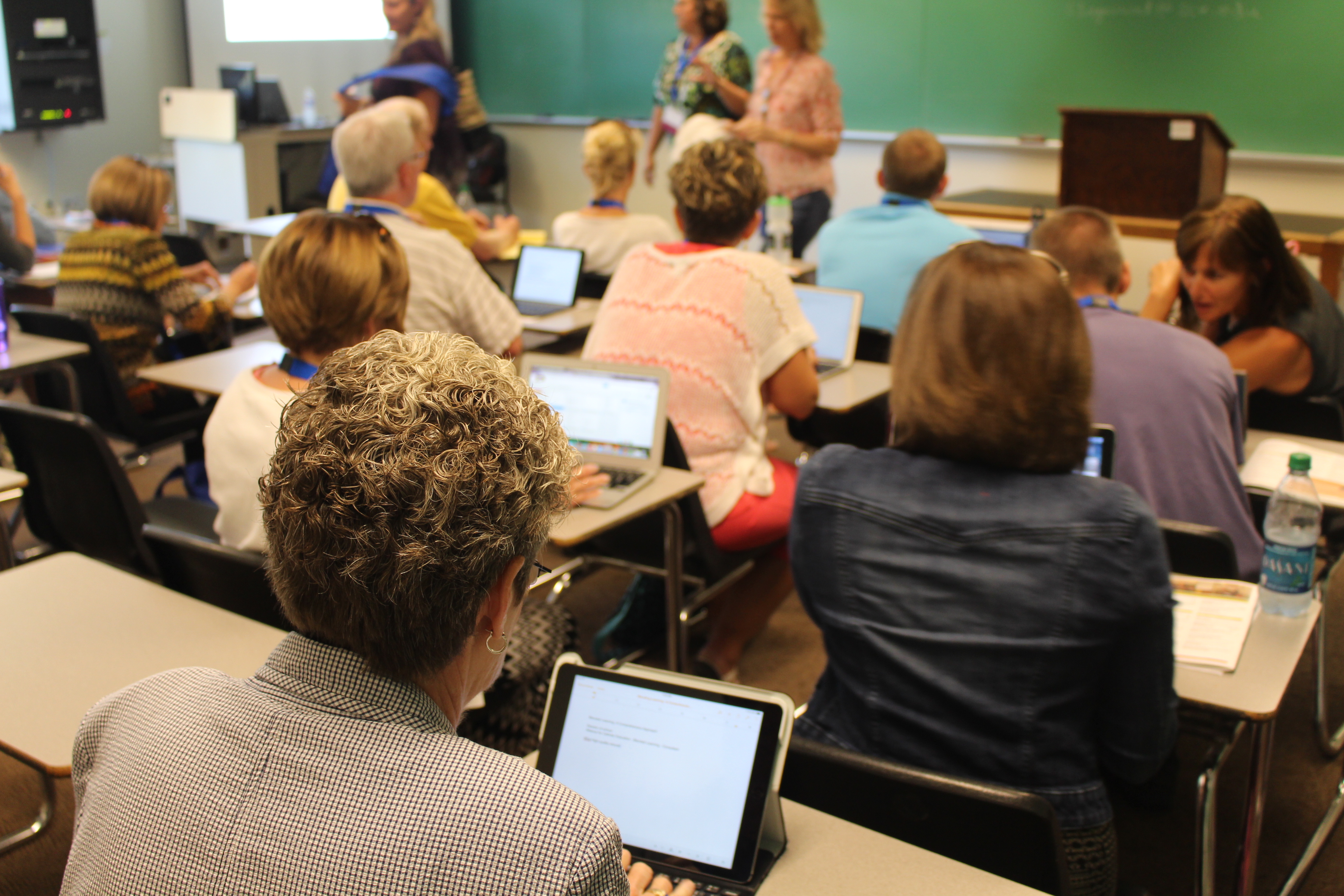Hundreds of teachers, principals and superintendents traveled this week to the 2015 New Directions Blended Learning Symposium in Santa Clara to learn more about the viable blended learning options and its success stories to incorporate them in their own schools and classrooms.
Technology is in the student’s hands to begin with, an integral part of their life, and teachers see the need to capitalize on the cutting edge elements of blending learning to further their student’s education in and outside of the classroom.
“Catholic institutions tend to have a positive reputation when it comes to education inside the classroom, and they are now proceeding with blended learning in a moral, ethical, efficient and social standard to achieve their goals,” said an attendee of the Blended Learning Symposium.
It is important to sustain Catholic education and implement technology in the classroom for teaching students to become digital citizens. Blended learning brings these 21st century learning techniques allowing teachers to leverage technology to give students the individualized and modernized styles of learning they need to succeed.
Blended learning isn’t only a benefit for the students, but also a benefit for the teachers as well. “When it comes to the teachers in Catholic schools, it’s more of vocation than a job. It’s the teacher’s mission to teach the Catholic faith,” said Russell Brandon, Education Technology Coordinator for St. Francis Xavier School. “You can’t stop learning and growing as a teacher, you have to keep moving forward and staying current with teaching styles and content through professional development.”
All of this calls us to put into practice new methods that differ from traditional styles of teaching, opening up the classroom to change and new opportunities.
“As Catholic education embraces the possibilities of blended learning, let us explore how we can build more vibrant educational institutions that teach faith, while leading the way in strong academics.”
